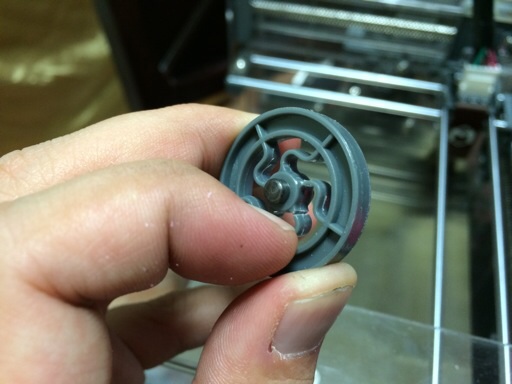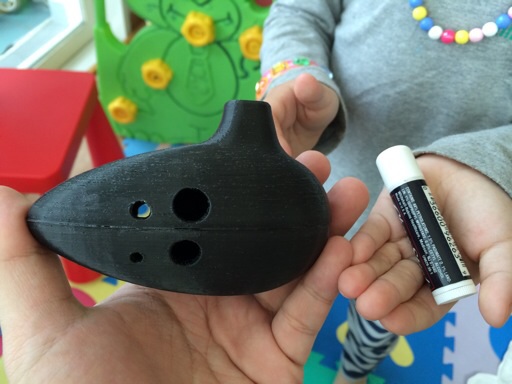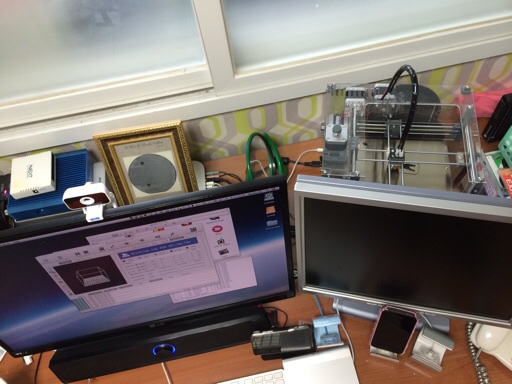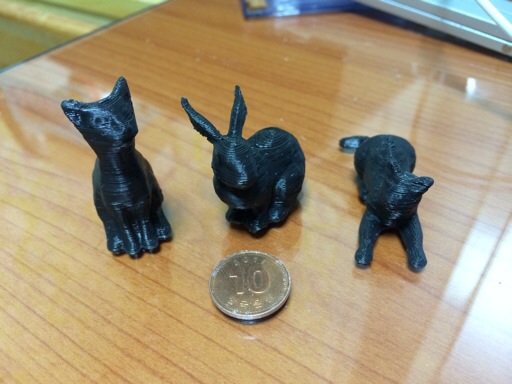3D printed cars with captive wheels
Posted by Wesley on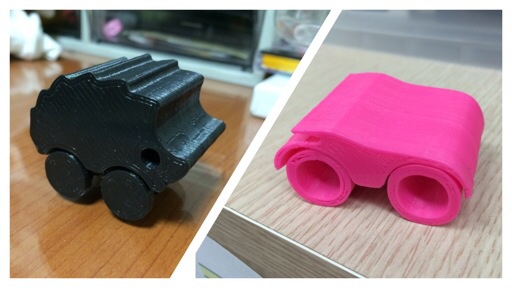
Toy cars printed with rotating wheels already inside
One of the fun things about 3D printing is that, with a clever design, you can have movable parts already inside the printed object. One fine example is having captive wheels inside toy cars, like the ones you see here. No assembly is required - they are already inside the main body and can freely turn after scraping off some excess materials unintentionally introduced during the print. Here is the video of them in action.
